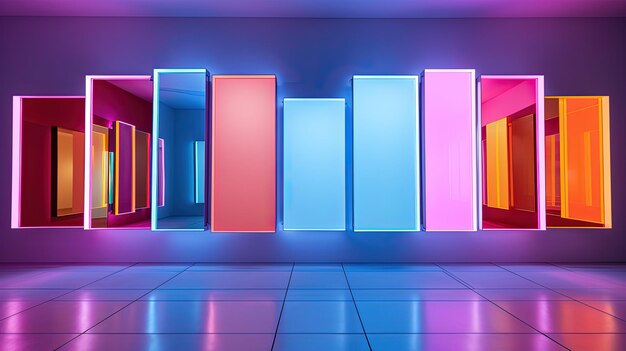Augmented Reality (AR) mirrors have seen a significant rise in retail, particularly in boutiques and jewelry stores. These mirrors enhance the shopping experience by allowing customers to virtually try on makeup, clothing, and accessories with convenience and efficiency. Compared to traditional fitting rooms, AR mirrors enable customers to try on 4x as many products while also increasing engagement—users are 9x more engaged than with traditional video ads. Retailers also benefit, experiencing 3x higher foot traffic when AR mirrors are placed in storefront windows to attract passersby. Additionally, AR mirrors can operate 24/7, providing an interactive and personalized shopping experience at any time.
Despite these advantages, traditional AR mirrors still face challenges. Accuracy and rendering speed remain key issues, particularly in aligning virtual elements with a user’s reflection when they move. Tilting the head or stepping away from the mirror can cause virtual overlays to remain fixed in place, disrupting the immersive experience. This misalignment is especially problematic for applications requiring precision, such as virtual clothing try-ons and makeup simulations. Additionally, concerns over privacy due to facial recognition technology and high costs associated with software, hardware, internet connectivity, and maintenance, especially for high-quality cameras, pose significant barriers to widespread adoption.
Our product aims to create a more cost-effective and efficient AR mirror. By integrating multiple cameras, LED lighting, and advanced display technologies, our solution will provide users with multiple viewpoints of themselves for a more immersive experience. Real-time interaction will be achieved through efficient algorithms and specialized GPU hardware, while an extensive library of AR filters and overlays will further enhance user engagement. Additionally, we plan to incorporate smaller, low-cost displays and gesture recognition technology as an affordable alternative to expensive touchscreen interfaces.
